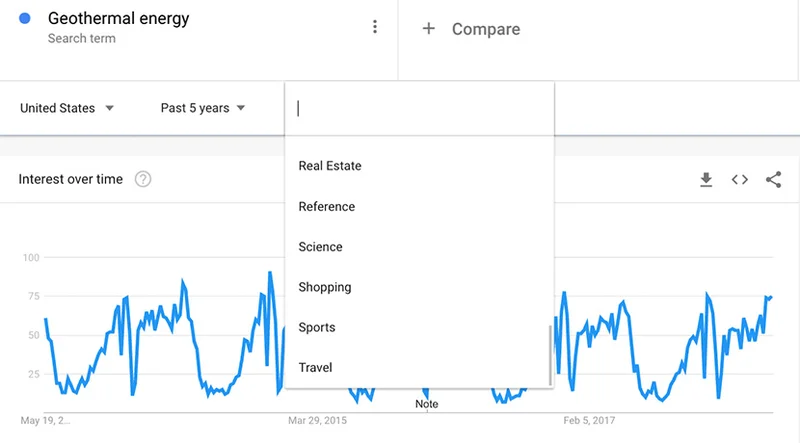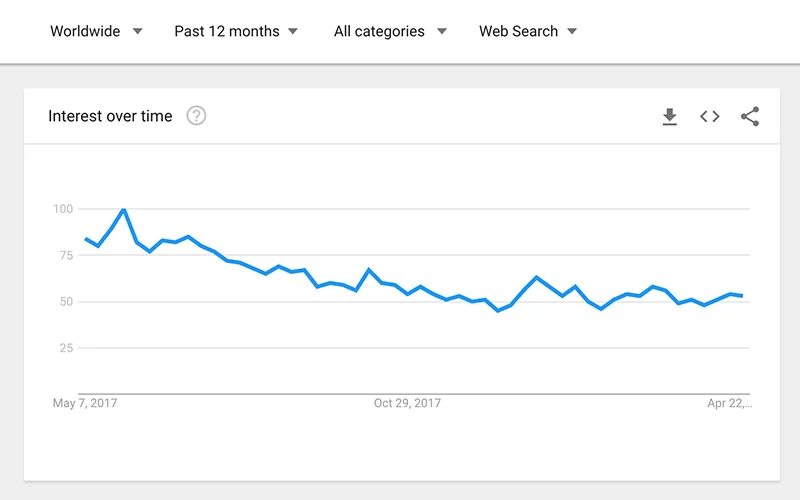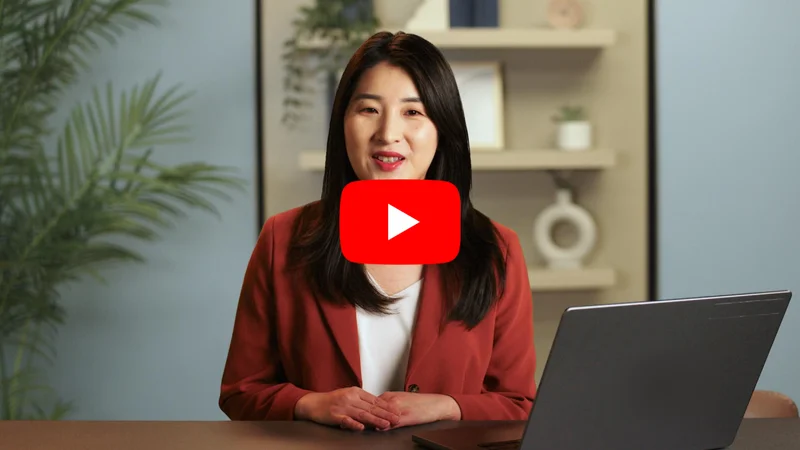- chevron_left All trainings
Google Podcasts Manager
Lesson overview
Google Podcasts Manager
Get started with Google Podcasts Manager by verifying ownership of your show and ensuring it’s available to listeners across Google products. Then dive into analytics to better understand audience behavior at the show and episode level, as well as across devices.
1. Get started with Google Podcasts Manager
2. View analytics for shows
3. View analytics for each episode
4. Add new shows and episodes
5. Manage users and permissions
6. Get help and provide feedback
For more lessons, visit:
Get started with Google Podcasts Manager
To get started with Google Podcasts Manager, you must verify ownership of your podcast feed(s).
Go to podcastsmanager.google.com, select “Start now” and enter the RSS feed for your podcast. You must have access to the email associated with this feed.
Preview your podcast’s feed to make sure the information is correct.
Click “Send code” to have a verification code sent to the associated email address.
Copy the verification code from your email and paste it to verify ownership.
Select “Get started” to view your show in Podcasts Manager.
View analytics for shows
Podcasts Manager provides show-level analytics so you can understand how listeners engage with your podcast.
Go to podcastsmanager.google.com. The top-level page for your podcast displays show-level analytics for “Plays.” Click the question mark next to “Plays” to learn more about this metric.
Click “Minutes Played” to view the total play time for your show during the chosen time period. Click the question mark next to “Minutes Played” to learn more about this metric.
For both “Plays” and “Minutes Played,” you can change the time period by clicking the date range at the top right.
You can also download the data as a CSV file by clicking the three vertical dots below the date range.
Navigate down the page to the “Episodes” header to view a snapshot of your most recent episodes. For each episode, you can view “Plays,” “Plays in First 30 Days,” “Length,” “Average Played,” and “Published Date.”
To understand more about each metric, click the question mark next to the “Episodes” header at the top left.
Navigate down the page to the “Device Breakdown” header to see where your show’s audience listens to your podcast across phones, tablets, desktop computers and smart speakers.
View analytics for each episode
Podcasts Manager provides episode-level analytics so you can dive into individual episodes to see when your listeners tune in—and when they drop off.
On the top-level page for your podcast, navigate to the “Episodes” header. Click an episode from the table to see analytics on a specific episode.
Once you’ve navigated a specific episode, the “Audience Retention” chart shows which parts of your episode were the most popular and where listeners drop off. Click the question mark next to the header to learn more about the chart’s data.
Use the embedded player to hear what occurred at different segments of an episode. Use this to understand why listeners dropped off at a specific time, or which segments were most popular.
Navigate down the page to the “Plays” information chart. This chart shows the number of plays and total minutes played for the episode.
Add new shows and episodes
Once you have verified your show in Podcasts Manager, you can always add new shows and episodes to the tool.
To add a new show, open the drop-down list of shows from the show-level page. Click “Add show” and follow the instructions in the “Add and Verify” set up.
To remove a show, you must remove the show from Google Podcasts by removing or blocking access to all RSS feeds. You will still have access to the show in Podcasts Manager, but it will stop accumulating data.
To add or remove individual episodes, you must update the RSS feed for your show.
Manage users and permissions
Podcasts Manager supports three permission levels for a show. Admins have full permissions and can add, remove, and modify access to anyone. Editors can read or change show data and can see but not modify the list of users. Viewers can read show data but can’t access information on other users.
To see the list of users for your show, click the user management button near the show title in Podcasts Manager. You must have Admin or Editor status to access this list.
From this list, you can add a new user by entering their email address and User Role. You must be an Admin to add users to a show.
From this list, you can remove a user by selecting “Remove” from the menu to the right of their name. Click “OK” to save your changes. You must be an Admin to remove users to a show.
From this list, you can also change a user’s status by selecting a new role next to their name. Click “OK” to save your changes. You must be an Admin to change a user’s status.
Get help and provide feedback
We have resources to help you understand and troubleshoot issues you may uncover as you’re using Podcasts Manager. We also welcome your feedback to help improve the tool.
Click the question mark in the top right corner to search relevant Help articles. Click “Browse All Articles” to access the full Podcasts Manager Help Center.
To send feedback on Podcasts Manager, click the dialogue box in the top right corner. Enter your feedback and include a screenshot (if relevant) to highlight the issue.
-
Google Trends: Improving your search results.
LessonRefine your queries to get more useful data.Remove from your accountSave to your accountNone -
Google Trends: Understanding the data.
LessonHow to interpret Trends results.Remove from your accountSave to your accountNone -
Build news apps with Flutter
LessonReduce app development time by up to 80%Remove from your accountSave to your accountNone


